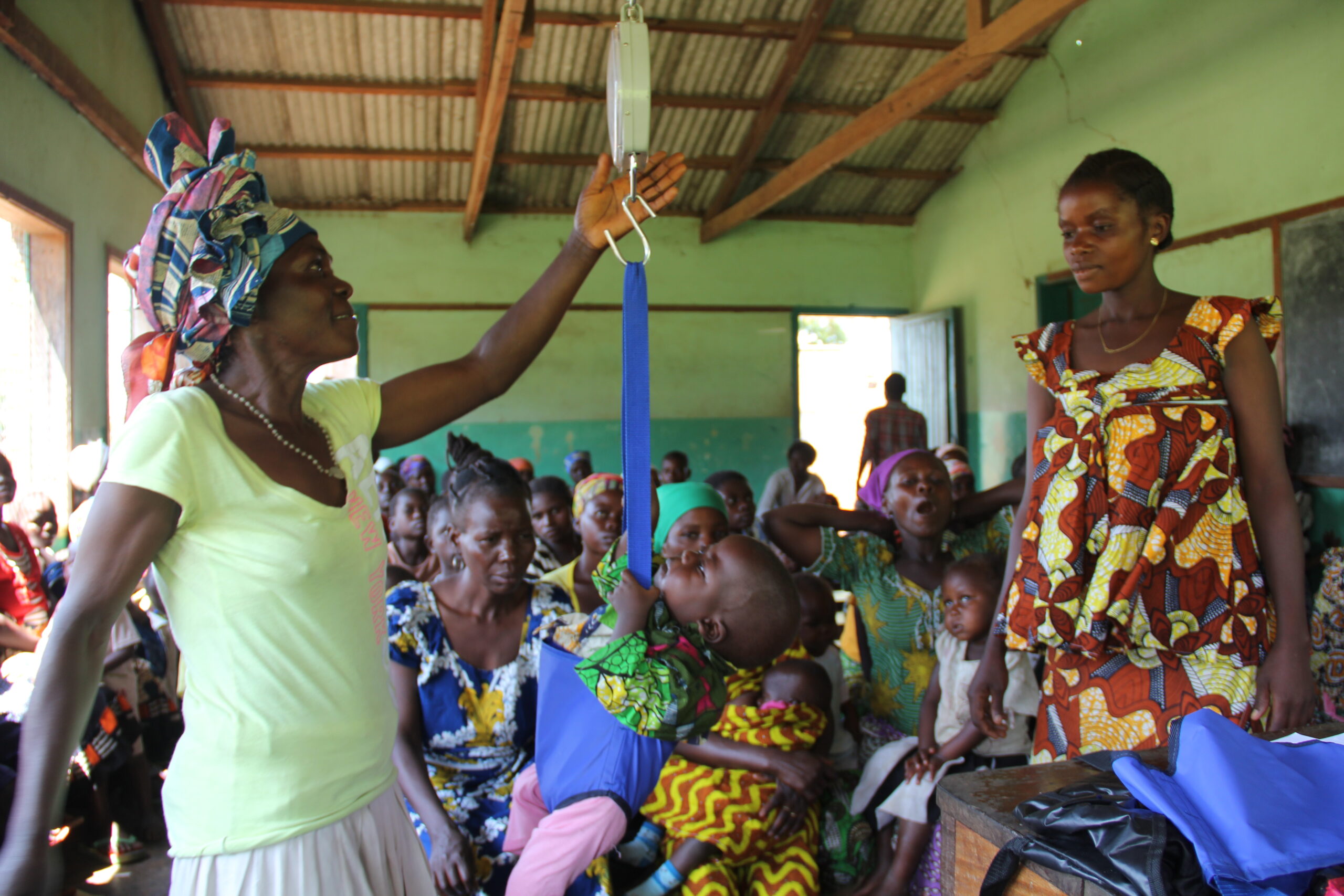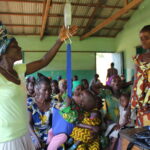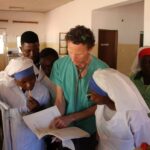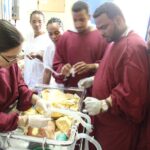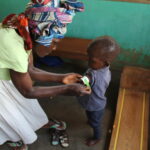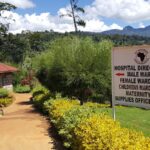Growing Moringa as a Childhood Malnutrition Strategy
There are a number of health initiatives that can help communities make permanent changes toward ending malnutrition. One such project centers on the Moringa plant. Specifically, it provides seeds and training for people to cultivate moringa in communities with high levels of malnutrition. It seems strange to some people to think about pairing agricultural projects with global health initiatives. However, it is an excellent strategy to leave a legacy of hope in that community.
Additionally, moringa leaves and pods are helpful in increasing breast milk in the breastfeeding months. One tablespoon of leaf powder provides 14% of the protein, 40% of the calcium, 23% of the iron, and most of the vitamin A needs of a child aged one to three. It is extremely high in protein and is high in 15 vitamins and minerals (Moringa Tree, 2011).
Moringa leaves contain all nine essential amino acids. The tree itself is rather slender, and it grows like a fast-growing weed and thrives in any tropical environment, humid or dry. Its branches grow to approximately 10m in height. It can be harvested year-round. Often, it is cut back annually to about 1 meter or less to allow re-growth, which produces significantly more foliage for harvesting.
Nutritional Content of Moringa
Nutritional content varies depending on the source cited and the moringa plant tested. Nevertheless, based on multiple sources, we were able to put together some averages. On average, gram-per-gram moringa leaves contain seven times more Vitamin C than oranges, four times more Vitamin A than carrots, four times more calcium than milk, three times more potassium than bananas, and two times more protein than yogurt (Moringa Tree, 2011). Crushed moringa seeds are also used to naturally cleanse water for drinking. They are de-flocculants that, when added to water, pull the solutes to the bottom of the solution. In communities in which water is drawn from rivers, this is a tremendous benefit for the community (Bruce & Kamatsu, 2010).
Moringa Oleifera for Child Survival
We have frequently paired moringa educators and trainers with global health initiatives, but the best results in any such program are to incorporate a moringa project as part of a program that develops community health workers. Moringa then becomes one aspect of their comprehensive community-based health training project. It is sometimes used as a crop through which community health workers can earn a modest income.
One such program implemented by Church World Service came alongside rural health outposts in Senegal. Healthcare workers at these rural health outposts learned about moringa: how to grow it, dry it, and turn it into a powder that could be distributed to patients for improved nutrition. Nursing mothers learned to add a spoonful of moringa powder to their food morning, noon, and night to increase their milk production. They were also told to add moringa to all of their family meals. The health outposts that implemented this program had unbelievable results. Mothers produced more milk, and children became healthier, drastically decreasing malnutrition in communities that had previously been plagued with 20% to 40% under-five mortality. Learn more about this program here.
The Need for Follow-up
The caution in this, however, is that if you are planning a short-term initiative using Moringa it is necessary to plan repeated visits to the community over a number of years, even if it is just once per year. A Mercy Ship visit to the Dominican Republic in the late 1980s illustrates that need. After setting up moringa projects in several communities, they left and did not follow up for several years. When they did return, they found many moringa trees all over the region, but very few people knew the use of trees was for food or the enormous benefits of using it.
The best community resource we have found for moringa is a book entitled Miracle of the Moringa Tree by Hank Bruce and Miho Kamatsu (Bruce & Kamatsu, 2010). The Educational Concerns for Hunger Organization (ECHO) (see www.echonet.org) maintains a seed bank of moringa and other such plants that can be used to support local efforts to end malnutrition in their communities.
Other resources on assessing and caring for malnourished children can be found on our Resources page.
Resources:
Bruce, H., & Kamatsu, M. (2010). Miracle of the moringa tree. Rio Rancho New Mexico: Pedals & Pages Press.
Moringa Tree. (2011). Retrieved March 29, 2018, from Trees for Life International: http://www.treesforlife.org/our-work/our-initiatives/moringa
Seager, G. (2012). When healthcare hurts: An evidence-based guide for best practices in global health initiatives. Bloomington IN: AuthorHouse.
The Mother and Child Health and Education Trust. (2018). http://motherchildnutrition.org/. Retrieved from http://motherchildnutrition.org/: http://motherchildnutrition.org/malnutrition-management/index.html
WHO and UNICEF. (2009). Child growth standards and the identification of severe acute malnutrition in infants. Geneva: WHO.
